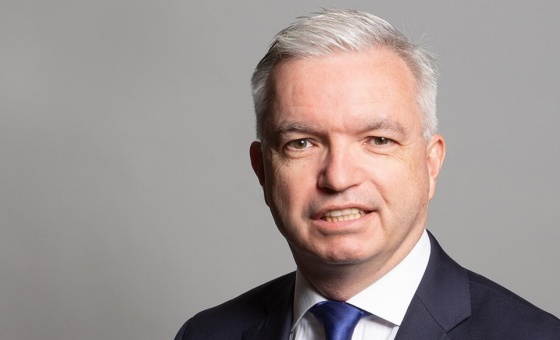This is the last article you can read this month
You can read more article this month
You can read more articles this month
Sorry your limit is up for this month
Reset on:
Please help support the Morning Star by subscribing here
GIVEN the discussion at TUC Congress of a new generation of nuclear plants, it is worth looking at the case against nuclear energy.
First, the question of climate change, where the proponents of nuclear power say nuclear energy is “vital.”
According to Andrew Blowers, emeritus professor of social sciences at the Open University: “Far from being a solution to the problem of climate change, new nuclear power stations like Sizewell C and Bradwell B on the fragile and vulnerable east coast, are likely to become victims of the inevitable, imminent and irreversible consequences of global warming.”
He continued: “Put simply, there is little justification for these huge structures in terms of need. But, regardless of need, given the threat to the integrity of the sites and the risks to present and future generations and environments, the proposals should be scrapped forthwith.”
On the question of jobs, renewable energy is already providing more jobs that the nuclear energy sector.
Dr Ian Fairlie, an independent consultant on radioactivity in the environment, wrote In 2016: “The Office for National Statistics (ONS) data for 2014 indicated only 15,500 direct jobs in nuclear compared with 43,500 direct jobs in renewables.” Recent updates show the disparity increasing.
The costs of building and running nuclear power stations are astronomical. This has meant that Toshiba decided to abandon plans to build a £9.5 billion nuclear power plant project at Moorside in Cumbria.
The Japanese company said in a statement: “After considering the additional costs entailed in continuing to operate NuGen, Toshiba recognises that the economically rational decision is to withdraw from the project.”
Toshiba, which will take a £120 million hit to cancel Moorside and had already spent more than £383m on it, had earlier tried to sell NuGen to South Korea’s Kepco, a venture which fell apart.
There is also the cost of decommissioning nuclear sites. The Nuclear Decommissioning Authority’s most recent estimate is that it will cost £132bn to decommission the civil nuclear sites.
The strike price for nuclear far exceeds that of electricity from offshore wind which continues to come down in price.
No-one has yet found a solution to “disposing” of the radioactive waste produced by nuclear power stations.
All that can be organised is “safe storage,” but where will that be found?
A major part of the nuclear waste is held at Sellafield in Cumbria, a site containing over a hundred tonnes of the most toxic substance ever created.
The government and industry want to bury the waste deep underground, which may explain the approval for opening up a deep coalmine near the Cumbrian coast.
It is certainly difficult to see how this benefits the people of West Cumbria. The proposed coalmine is being vigorously opposed by people working to combat climate change. With all the difficulties is it not folly to produce more waste?
Very rarely mentioned are the human costs, starting with the mining of uranium, the radioactive element which is mined and enriched for nuclear fuel.
Through the decades this has been mined mainly on the land of indigenous people across the world, from Australia, the Democratic Republic of Congo, to the land of the Navajo in the United States.
The local people have had no alternative but to be miners — in return the miners and their families have had generations suffering from cancers, ill-health and untimely death. And they live in poverty.
Accidents can happen. The Chernobyl disaster should have been a wake-up call. A growing body of evidence supports a grim reality: that living in radioactively contaminated areas over multiple years results in harmful health effects, especially in pregnancy.
This has been well documented in Kate Brown’s book, Manual for Survival. Brown, who teaches environmental and nuclear history at Massachusetts Institute of Technology, spent a decade meticulously researching and uncovering the real human cost of Chernobyl.
Finally, of deep concern is the connection between nuclear power and nuclear weapons. Recent research by two academics, Professor Andy Stirling and research fellow, Dr Phil Johnstone, at Sussex University, has shown the interdependence of the civil and the military; weapons manufacture needs the skills and recourse of civil nuclear power.
So the push for new nuclear build from the industry and politicians is undoubtedly linked to the maintenance of nuclear weapons, which, under the UN Treaty on the Prohibition of Nuclear Weapons, are now illegal under international law.











